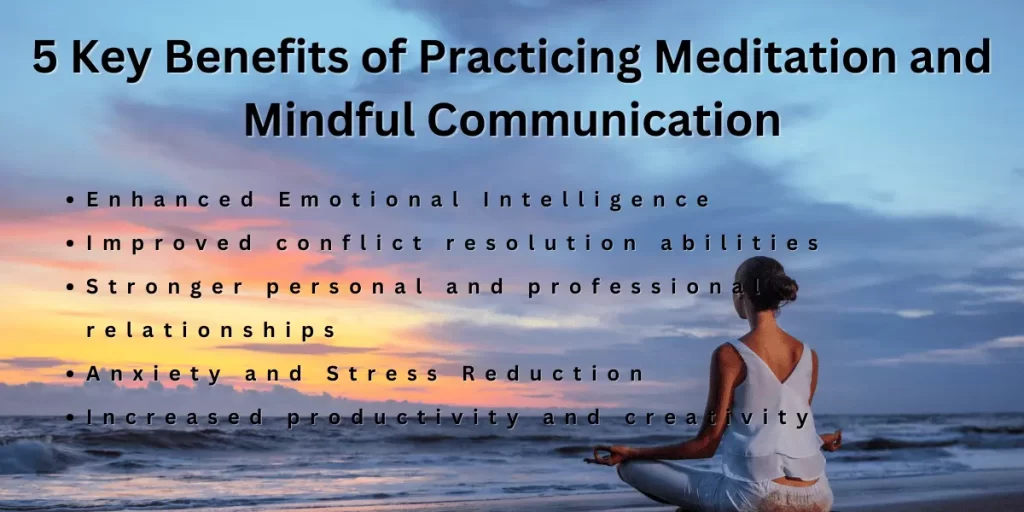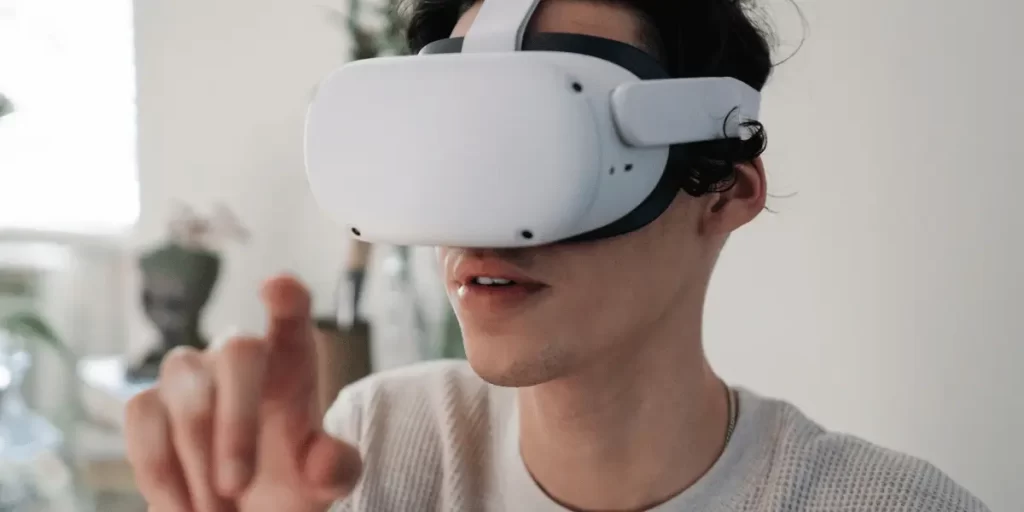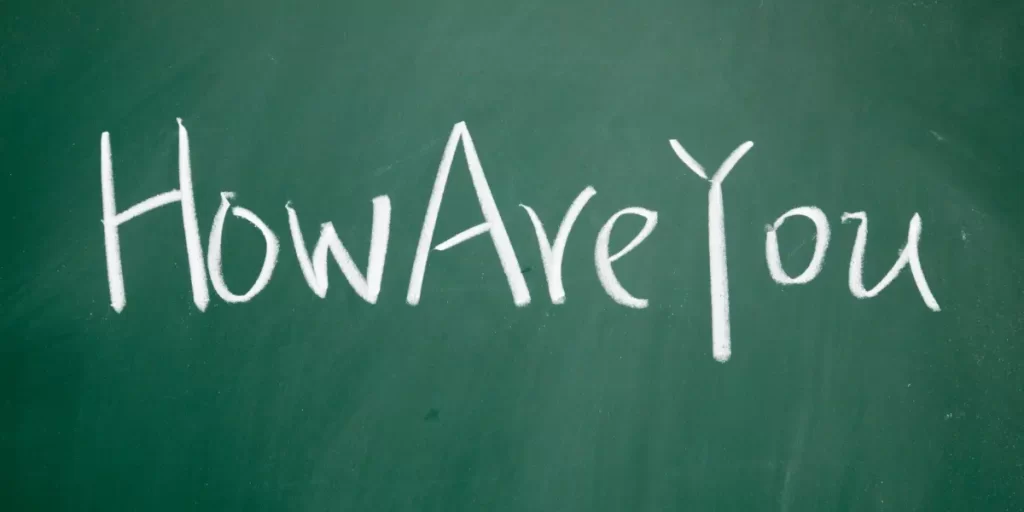Believe it or not, communication is a power that can shape your life course. It is a must-have skill. In this blog post, we will be talking about meditation and mindful communication practices.
The Essence of Mindful Communication

Mindful communication is more than just speaking. You need to reach a level of deep listening, understanding and connection. At its core, it can even foster empathy and respect.
Basically, mindful communication involves applying the principles of mindfulness in the way we communicate with others. There is great level of awareness when you are mindful in the conversation you’re involved in.
Defining mindfulness in interpersonal interactions
Mindfulness in interpersonal communication requires you listen attentively to others. When you improve in your communication skills, you pick up more clues than you would otherwise notice.
The intersection of meditation and communication skills
With meditation, you can hone your communication skills. Meditation enhances your ability to actively listen to others. You become attuned to their thoughts. Thus, you are able to cultivate patience, empathy and understanding.
Meditation also helps you become present in the moment while talking with people. You think carefully, avoid misunderstandings and build strong connections with others.
5 Key Benefits of Practicing Meditation and Mindful Communication

Meditation and mindful communication benefit us in many ways. Let us see how it contributes to our health.
Enhanced emotional intelligence
A group of undergraduate students were trained in mindfulness-based communication. The results observed that the practice helped them increase their emotional intelligence and positive mood. A study involving primary care physicians found that mindful communication increased interaction between coworkers and patients by 27%.
Improved conflict resolution abilities
Mindful communication lets both parties reach a common ground. It allows them to understand the other person’s point of view without judgment. With this, you can find out what is really going on around you and calm tense situations.
Stronger personal and professional relationships
Mindful communication helps you know when and how to react. It makes you respond to others more accurately. It allows you, not just to hear what people say, but to feel what they’re feeling. This can make you deepen friendships with family, friends and even colleagues.
Anxiety and Stress Reduction
It reduces stress by giving you a sense of calm and clarity in communication. When you converse with others mindfully, you become less distracted and overwhelmed. You also avoid reacting impulsively or defensively.
Increased productivity and creativity
When you practice mindful communication, you clear up a clutter mind, allowing creativity to thrive. When you freely communicate with others, you can accept new ideas and spark new thoughts without judgment.
Effective Communication with Mindful Listening

For success, you need to keep working on improving your communication skills. This goes beyond influence, public speaking and the likes – the emphasis is on mindful or active listening. Let’s dive into how to go about that.
Techniques for becoming fully present during conversations with others
- Active listening: This means more than just hearing what the speaker is saying. You need to listen attentively without judging or interrupting them. Actively process what others are saying.
- Making Eye contact: It’s a way to let someone know you’re fully present with them. Then, you too can tell how your message is absorbed when you speak to others.
- Speak with intention: When speaking, be careful of your tone and choice of words. Be clear and concise and do not use words that will offend others.
- Pause and breathe: Yes, whether it is right there or whether you need to move away a bit, just breathe. Take a moment, observe your bodily sensations and try to put your thoughts together.
The 80/20 rule of listening vs. speaking
Also called the Pareto principle, the 80/20 rule says you listen 80% and speak 20% (you speak less and listen more). A mindful listener does the following (i) pays attention (ii) lets go of any judgment (iii) reads back.
Mindful Speaking: Wise Choice of Words
Words can either make or break a relationship. And you know that sadly, words can’t be retracted once spoken. Hence, cultivating mindful speech is ever important.
Cultivating awareness of tone, pace, and body language
When we communicate with people, we don’t just utter words. The tone and gesture carry meaning too. Body language and facial expressions speak volumes and can affect how our messages are received.
To speak mindfully, check your tone and peace. Keep things in moderation and always check if the way you speak aligns with the content of the conversation.
Pay attention, too, to your posture. Don’t slouch or look away. Maintain eye contact and check that you are not frowning or crossing your arms.
Practical exercises to enhance verbal mindfulness
- Meditation: You tend to understand people’s emotions and thoughts when you meditate. Just find a quiet place to be in that moment.
- Mindful listening: Listening with full attention and with intent is a sure way to better understand the message behind spoken words.
- Mindful breathing: Performing simple practices i.e. breathing can keep you fixed on the present moment. Right there, you can engage in mindful interactions.
Meditation: Your Secret Weapon for Communication Excellence
Ever wondered the link between meditation and mindful communication? The answer lies in its ability to rewire the brain.
How regular meditation practice rewires the brain for better communication
Research shows that regular meditation practice can change the shape and size of one’s brain. Further results state that it can cause an increased gray matter in brain areas that regulate attention, concentration and emotional regulation.
Additionally, meditation can improve your ability to empathize with others. It can make you have positive feelings towards yourself and other people. With this in mind, conflicts can be resolved easily and misunderstandings can be taken care of effectively.
3 simple meditation techniques to boost your communication skills
- Mindful awareness communication: This technique evolves around being present in the moment, observing what people say without judging them. Doing this makes you see things from their perspective.
- Loving-kindness meditation: It deals with relating to others with kindness. Doing this helps change the way you perceive other people.
- Mindful speaking and listening: In this one, the practices of mindfulness are combined with communication. So, you become more aware of your tone, pace and body language so you can communicate clearly.
Mindful Communication in the Digital Age: Navigating Virtual Interactions

As technology continues to shape our lives, the need for mindful communication becomes more critical. We will take a look at why cultivating mindfulness in the digital age is worth it.
Applying mindfulness to email, messaging, and video calls
The principles of mindfulness let you make conscious use of technology. With this, you can cultivate a more mindful relationship with your devices. Thus, you will be able to promote a balance between the virtual world and the real world.
Applying mindfulness principles include setting boundaries with your technology. You can allocate specific times for checking emails and scrolling social media. In in-person conversations, don’t let your device distract. This also applies to how you interact with others virtually.
At regular intervals, do what is called ‘digital detox’. This means you dedicate an amount of time where you will be off your devices and social media.
Overcoming common digital communication pitfalls
Technical issues
Use a reliable cable and network connection. Always update your software and hardware tools for successful communication and have a backup plan in case something goes wrong.
Lack of clarity
Use words that are clear and concise. Use the right digital communication tools for the right purpose and make sure your audience understands.
Your 30-Day Action Guide to Becoming a Mindful Communicator
When you have a lot on your plate, taking steps to develop mindful communication may be the last thing to come to mind. A 30-day challenge can help you with that.
Daily exercises to build your mindful communication muscles
- Give others your full attention
- Employ the use of mindful thinking
- Pay attention to nonverbal cues like body language
- Be curious and ask open-ended questions
- Ponder over the things you hear
- Don’t interrupt and be mindful of your environment.
Tracking progress and measuring results
With an app, a timer, or a calendar, track your progress to see how you are doing so far. You can use a chart or scale to measure the results of how you did during a previous conversation. Review any challenges you encountered and work on a plan to do things in a better way.
The Three Light Method: Mindfulness in Conversation

The three-light method is a metaphor used to determine whether a communication is closed, open, or somewhere in-between. It’s like the colors of traffic light – red, green, and yellow.
Red light (defensive): The red light indicates that you are defensive, holding onto the fact that you’re right. When you’re in the red zone, you undervalue people and put yourself first. You also feel alone and emotionally hungry.
Yellow light (in between): This indicates that we are surprised, embarrassed, and on the verge of shutting down. Then, there is a sudden loss of trust and we just learn to be steady.
Green light (openness): This indicates that you are open and free. You let go of opinions and appreciate the people in our lives. We are able to learn, change and grow.
5 benefits of Mindful Listening
- It helps you understand others better.
- Enhanced awareness of your thoughts and feelings.
- It enables you perceive situation more clearly.
- It helps you build stronger relationships
- Mindful listening also helps us avoid or manage conflict.
The Benefits of Mindful Communication
- It fosters good relationship and encourages trust in others.
- It moves you towards taking an interest in others.
- It assists you to make better decisions.
- It can boost emotional intelligence and self-awareness.
Be Fully Present
Being fully present means living mindfully and focusing on the here and now. This prevents you from being distracted and mentally absent. To be present, you need to practice mindfulness meditation.
50 Alternate Ways to Ask Someone “How Are You”

- What puts you in a happy mood?
- What is your favorite moment so far today?
- How would you describe what you do to a toddler?
- What is one of the that puts in a smile on your face?
- Please, describe yourself in just 3 words
- What contributions have you made towards humanity?
- What communication style do you prefer?
- What is that thing you know you do different than others?
- What did you wish as a young child?
- Do you need help connecting with someone?
- Can I help you with that connection?
- What are you secretly good/bad at?
- What talent do you wish you possessed?
- Are you the kind that likes taking risks?
- Do you have any unhealthy habits?
- What would you love to do differently in life?
- Who would you love to have dinner/date with?
- What book/movie do you love the most?
- Tell me the music genre that mostly inspires you
- What’s the nicest thing you’ve been told?
- Say some advice you’d give your younger self.
- Do you have any advice for the world?
- Have you overcome your biggest fear?
- Have you been in an extremely dangerous situation?
- Tell me the most unbelievable thing that has occurred to you.
- What’s your dream life like?
- Tell me your favorite school subject
- Tell me about the last book your read
- Tell me something you’ve never ever done
- Do you rise up from bed early?
- Tell me your morning routine
- Ever been given a best gift? From who?
- Ever told someone how you felt?
- Any memories from childhood?
- Would you want to be a child again if given the chance?
- Tell me, are you creative?
- Share tips of how to ease stress and anxiety
- Relate your last dream to me.
- Do you have a favorite dish? Share it.
- Tell me more about the last place you visited
- Please, how do you pastime?
- Currently binge watching a movie?
- What game do you love playing or watching?
- Are you comfortable around strangers?
- What’s the name of your favorite drink?
- What’s an issue in your life apart from money?
- Are you a competitive person?
- Who do you meet for advice when things are difficult?
- What is the best thing you have at home?
- How do you like to travel – road, air, sea?
Expert Insights: Top Communication Specialists Share Their Wisdom

Here’s an excerpt for you to enjoy.
Exclusive interview snippets and key takeaways
Julie Moses (Communications and Cyber Security Services): To be an effective communicator, cut through the clutter. No need to bombard people with information. Just have content that is tailored to the needs of your audience.
Leena Chitnis: The more you employ technology, the harder it is to get people to communicate. So, go for something heartfelt.
Recommended resources for further learning
To learn more, subscribe to YouTube channel videos. Use guided audio, reading and online course activities. Meditation apps like Headspace are also your go-to guide for mindful communication.
Conclusion: Embracing the Mindful Communication Revolution
Mindful communication is a powerful tool that can help you improve in your personal and professional life. You just need the techniques to cultivate it.
Recap of key points and their potential impact on your life
This blog post has extensively covered the connection between meditation and mindful communication. In conclusion, it can foster meaningful relationships and enhance understanding. The techniques to learn this are simple and easily accessible.
Call-to-action: Start your mindful communication journey today
Do all you can to start practicing. Time waits for no one; the more you delay, the farther you get from reaching out to someone. Start today and you’ll be grateful forever.
Frequently Asked Questions(FAQ’s)
i. observe ii. describe iii. act with awareness iv. non-judgment v. nonreactivity
It cultivates positive feelings towards yourself and others so you can avoid misunderstandings and conflicts.
It involves combining mindfulness practices to improve communication with others.
Yes, it can help you become a mindful speaker.
Studies show that it strengthens the brain’s cerebral cortex, thereby improving the attention span.
It happens for several reasons – loss of interest, tiredness, mind wandering, habit, or cognitive factors.



